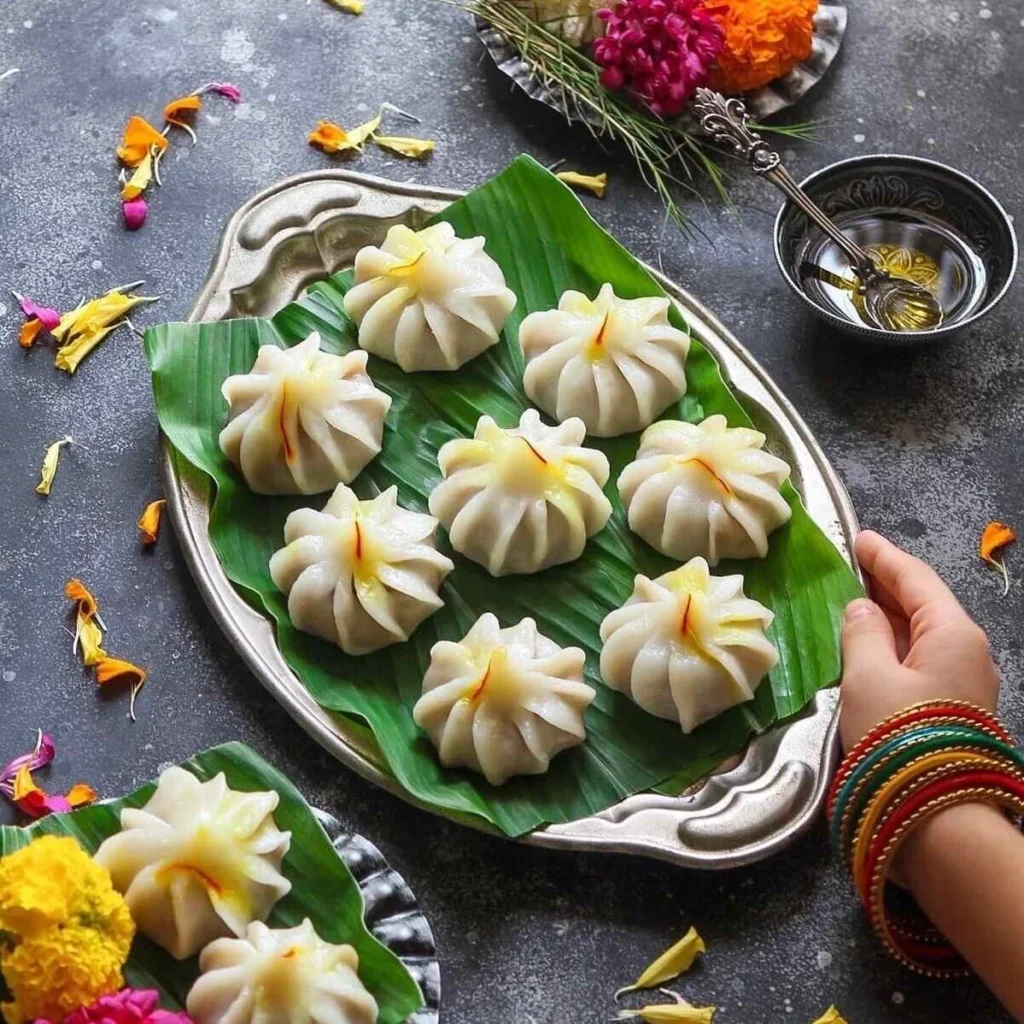Indian mithais are more than just desserts; they are the threads that bind families and communities during the festive season. The preparation and sharing of these sweets are often a collective effort, strengthening the sense of togetherness and camaraderie. They are a testament to the culinary ingenuity of Indian cooks, who have perfected the art of transforming simple ingredients into extraordinary delicacies.
Modak
In the western state of Maharashtra, “Modak” is the star of the show during the Ganesh Chaturthi festival. These sweet dumplings are made from rice flour, jaggery, and grated coconut and come in various shapes and sizes. Modak holds deep spiritual significance, as it is believed to be Lord Ganesha’s favourite sweet. Its unique preparation and association with one of India’s most beloved deities make Modak an integral part of its cultural fabric.Festival when it is eaten: Ganesh Chaturthi Rasgulla
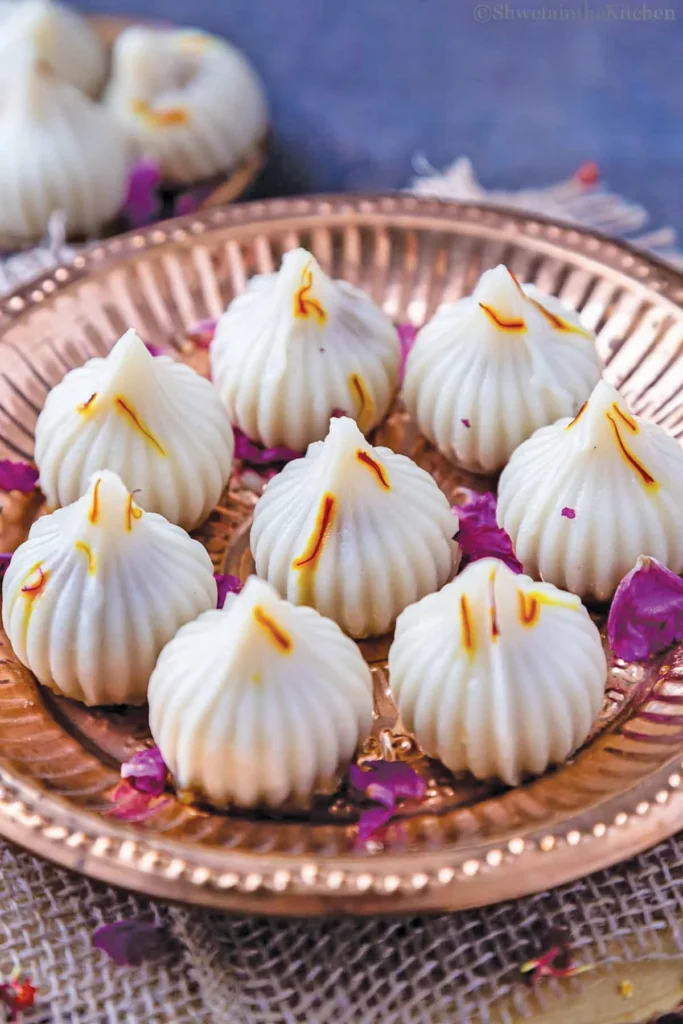
Another mithai that captures the essence of Indian festivity is “Rasgulla.” This spongy, white sweet is popular in East India and holds a special place during Durga Puja and other regional festivals. The history of Rasgulla is intriguing; it traces its roots to Odisha, where it was known as “Khira Mohana.” Bengali confectioners later adapted this delicate, milk-based confection, and the “Rasgulla” as we know it today was born. This sweet is not just a treat for the taste buds but a testament to the cultural exchange that has enriched Indian traditions over centuries.
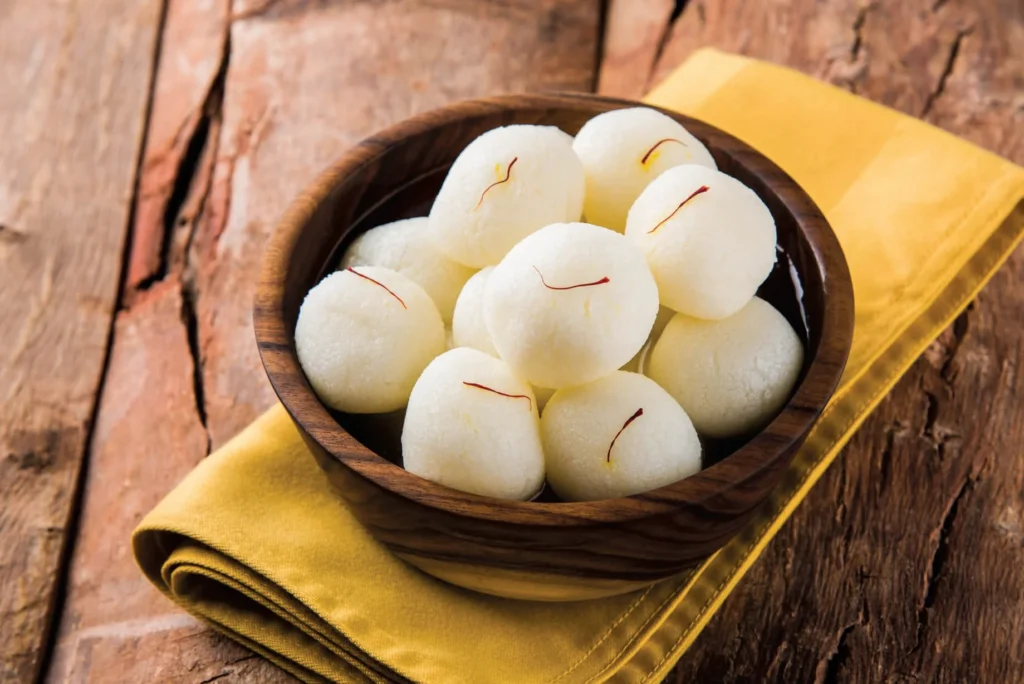
Festival when it is eaten: Durga Puja Gulab Jamun
One of the most beloved mithais during the festive season is “Gulab Jamun.” These soft, golden-brown orbs soaked in fragrant rose-flavoured sugar syrup are popular nationwide. The name “Gulab Jamun” is derived from two Persian words: “Gulab,” meaning rose, and “Jamun,” which refers to a type of berry. This sweet delight perfectly embodies India’s multicultural past, blending Persian influences with indigenous ingredients and techniques. It has become an indispensable part of Diwali and other celebratory feasts.
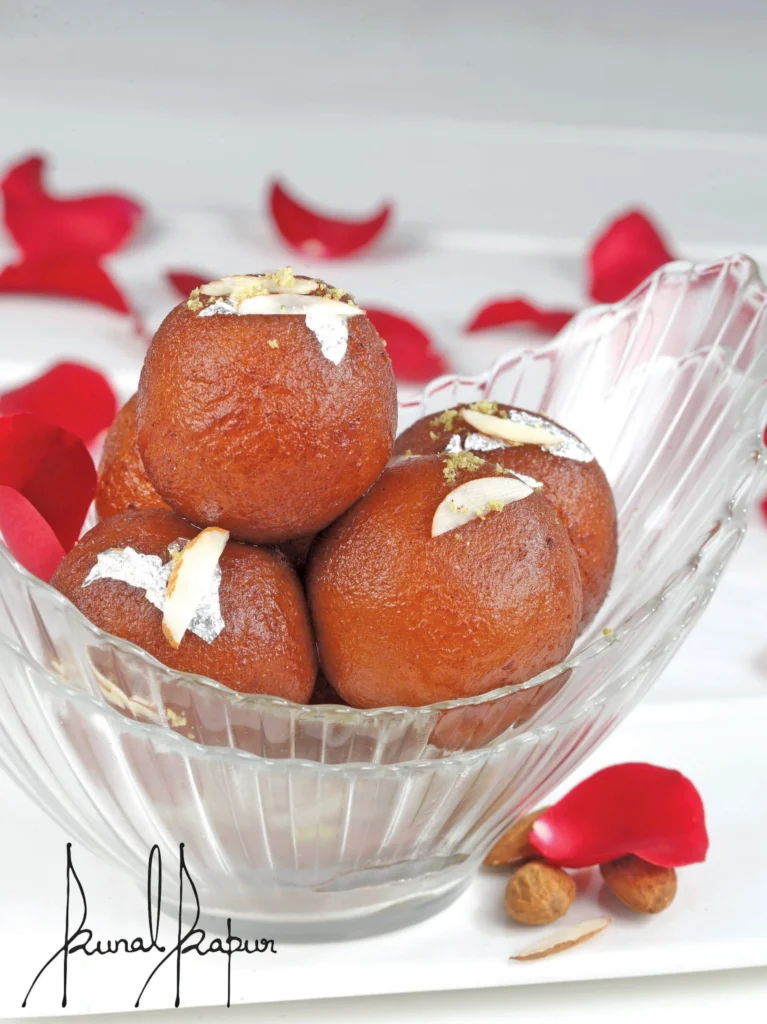
Festival when it is eaten: Diwali Mysore Pak
Moving down south, one encounters the delectable “Mysore Pak.” This fudge-like sweet, rich in ghee (clarified butter) and gram flour, is a culinary gem of the southern state of Karnataka. It is closely associated with the festival of Diwali. The history of Mysore Pak can be traced back to the royal kitchen of the Mysore Palace. It was created to please the royal guests, and over time, it became a symbol of Karnataka’s hospitality. Today, it remains an essential part of the state’s festive rituals.
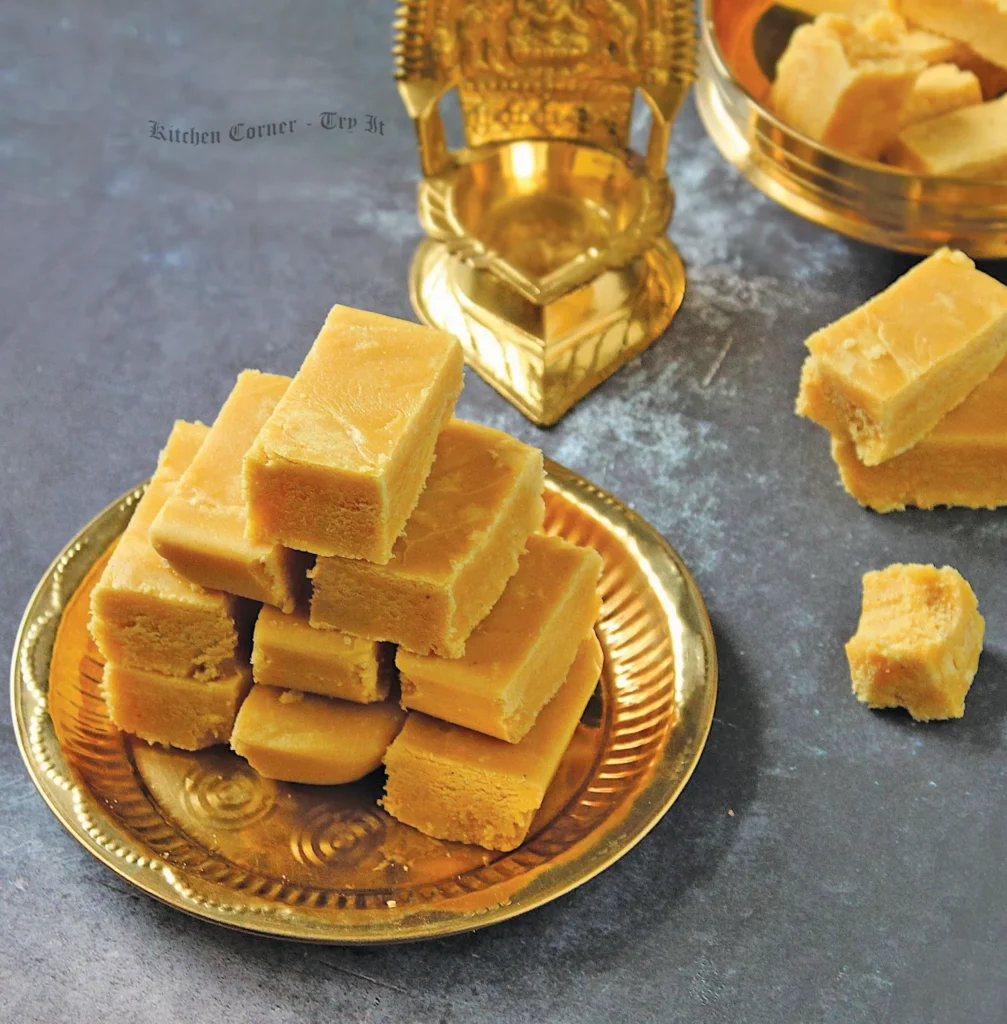
Festival when it is eaten: Diwali Jalebi
One cannot overlook the evergreen “Jalebi” while exploring Indian mithais. These deep-fried swirls soaked in saffron-scented sugar syrup are enjoyed throughout the year but hold a special place during the monsoon season. The history of Jalebi can be traced back to the Middle East, from where it found its way into the Indian subcontinent. Today, it has become a symbol of India’s culinary diversity, showcasing its ability to adapt and innovate.
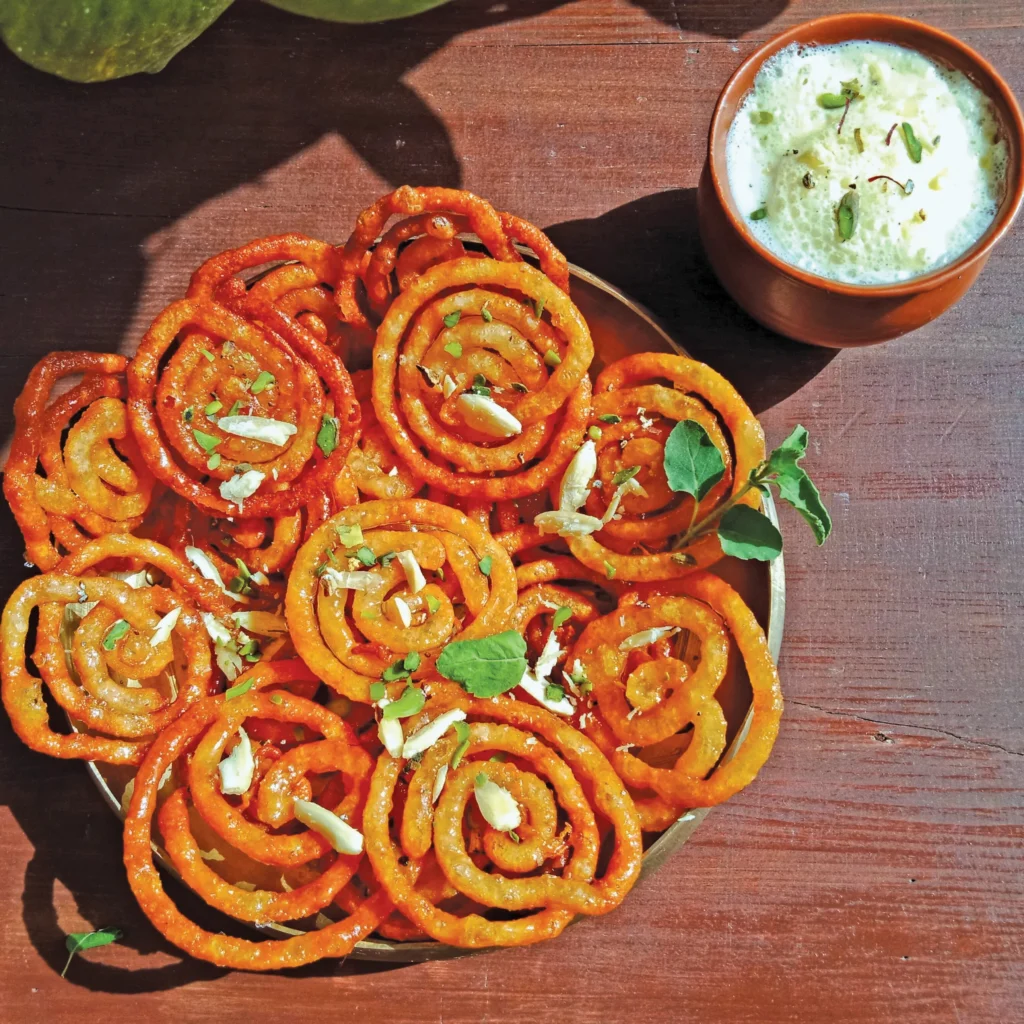
Festival when it is eaten: Dushera (Compiled by Aman Arya)

